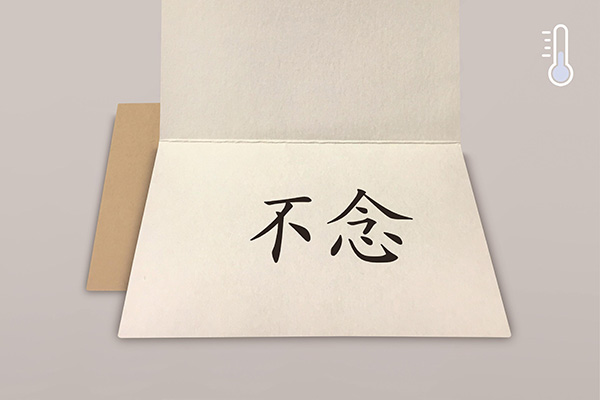 |
|
A greeting card by Kim Su-jin.[Photo provided to China Daily] |
Through her design, Kim wants to remind people of the feelings that can be conveyed through the written word.
For Kim, one of the best things about the contest is that it's a crossover event.
"Crossover is popular among designers these days, yet it is not often applied to design contests. So, designs like mine are often turned down," says Kim. "Yet, this one (the contest) eliminates the boundaries between the different genres of designs, so you can apply many forms that you cannot present elsewhere."
Now, Kim says she has managed to find suitable materials to make her cards and is planning to turn the design into a product and sell it.
Chi Xun, an associate professor of visual communication at the Laguna College of Art and Design in the United States, has long been using Chinese cultural elements in his teaching. Some of his students, who are participating in this year's contest, are using augmented reality technology in their designs.
"A Chinese character usually has more than one meaning. By using AR, multiple meanings can be presented at one time," says Chi.
"Every one of them (the characters) has its own history of evolution and 'family tree'. By looking into them, especially through the components, one can also learn about the culture and customs behind them," says Chi, who is fond of reading ancient Chinese prose.
Chen Nan, one of the other brains behind the contest and a doctoral supervisor of visual communication design at the Academy of Arts and Design at Tsinghua University, says that young designers should focus more on Chinese history and culture as Chinese characters have great vitality, especially considering that they have been passed through history.